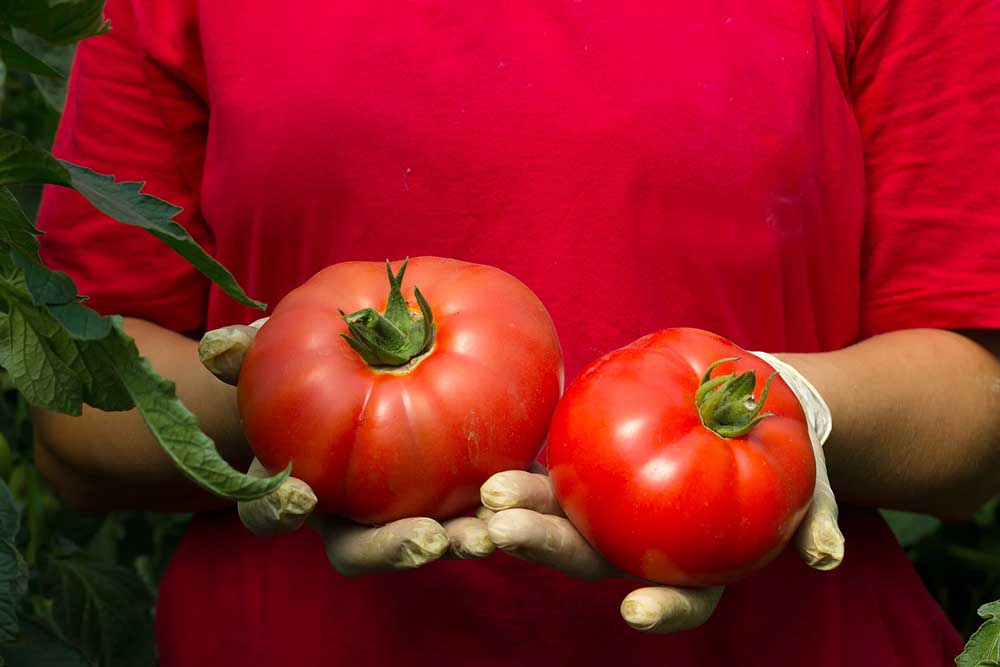Home and Garden: How to ripen green tomatoes
Published 12:00 am Sunday, October 17, 2021

- Tomatoes are ripe for harvesting
In my mind, home-grown tomatoes are at the top of the list of fruits of the gods. Unfortunately, heavy frost has arrived. If you are not ready to give up the flavor of vine-ripened tomatoes — and especially if there are dozens of almost-ripe tomatoes — here are a few tips to help ripen.
Not all green tomatoes will ripen off the vine. Advice from Oregon State University is to cut one in half with a knife. If the interior is yellowish and the tissues are jelly-like or sticky, it will probably ripen. Mature green tomatoes may also have a pink or reddish tinge on the bottom end.
Too many tomatoes?
There are two methods for ripening. You can pull the entire plant and hang upside down in the garage. Tomatoes will also ripen by individually wrapping each in a piece of newspaper and placed in an open box. Sunlight is not needed; they ripen best in the dark and will ripen over a period of three to four weeks. I have tried both methods, and they work. Advice from experience is to spread a tarp under the hanging plants.
If you have an abundance of ripe tomatoes and not enough time to process them, wash and place on a cookie sheet in the freezer. When frozen, transfer to a freezer bag and label with the date. When time allows you can remove them from the freezer, give a quick dip in hot tap water, remove the skin and cook into your favorite recipe. Cooking time will be a little longer to eliminate the extra moisture from the freezing process.
Do not refrigerate. Tomatoes may suffer from chilling injury preventing them from developing their full flavor and color. It may also cause ripe tomatoes to spoil more rapidly. Check your ripening tomatoes every few days for signs of decay.
Immature green tomatoes have soft seeds that are easily cut through. The pulp is not yet jelly-like. They won’t be at a total loss. Find recipes for green tomato relish, or green tomato pickles. Then there is always the time-honored fried green tomatoes (but not at my house).
Seed recovery
Seed saving is a rewarding process, saves you money and assures your next year’s seed supply. There are two methods of preserving seeds: the dry method for beans and peas and fermentation used for tomato seeds. Save only the seeds from open-pollinated or heirloom varieties. Hybrid varieties are a cross of several varieties and may grow into a plant completely unlike the parent with a mix of traits from each side.
Scoop the seeds of the ripe tomato into a glass, add water and let sit in a warm place about 70 degrees until a firm mold develops on the surface. Pour into a strainer and wash the rotten, fleshy material from the seeds. Dip the seeds in a 20% bleach solution to help protect from some viruses.
After the fresh water rinse, lay seeds out on paper plates to dry. Don’t use paper towels as the seeds will stick like glue. Place dried seeds in an envelope labeled with type (tomato), variety, days to maturity and collection date. Place in a tight-sealing glass jar and freeze for two days to kill pests.
Store in a labeled container or envelope in a cool, dry place and protected from insects. Plan to use the seeds within three to four years.
“Do not refrigerate. Tomatoes may suffer from chilling injury preventing them from developing their full flavor and color.”







